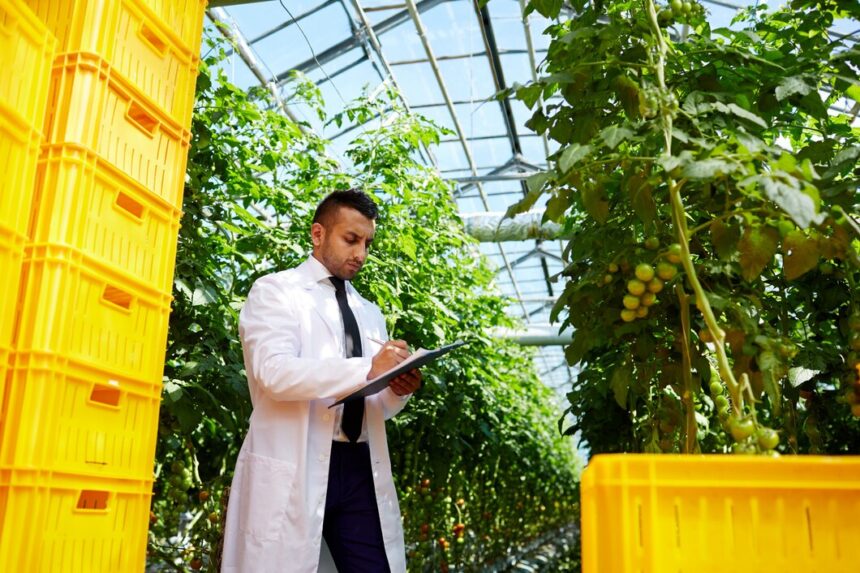Biosecurity is paramount for South African farmers across various agricultural sectors, ensuring the health and productivity of crops and livestock. Effective biosecurity measures not only protect against diseases and pests but also contribute to sustainable farming practices and safeguarding food security. Here are ten essential techniques that South African farmers can implement to enhance biosecurity on their farms:
1. Farm Perimeter and Access Control:
Establish and maintain a secure perimeter around the farm to control access by unauthorized vehicles, equipment, and personnel. Install gates, fences, and signage to clearly demarcate boundaries and restrict entry points.
2. Quarantine and Isolation Areas:
Designate quarantine and isolation areas for new livestock, plants, or equipment before introducing them to the main farm. Quarantine protocols help prevent the introduction and spread of diseases and pests among existing farm populations.
3. Routine Farm Hygiene Practices:
Implement strict hygiene protocols, including regular cleaning and disinfection of equipment, vehicles, and farm infrastructure. Ensure that workers and visitors adhere to hygiene standards to minimize the transmission of pathogens.
4. Water Management and Quality Control:
Monitor and maintain the quality of water sources used for irrigation, livestock, and processing. Implement filtration and treatment systems as needed to prevent contamination and the spread of waterborne diseases.
5. Pest and Disease Monitoring:
Conduct regular monitoring and surveillance for pests, diseases, and unusual symptoms in crops and livestock. Early detection allows for timely intervention and reduces the risk of widespread outbreaks.
6. Biosecurity Training and Education:
Educate farm workers and stakeholders about biosecurity principles, practices, and the importance of compliance. Training programs should cover disease recognition, hygiene protocols, and emergency response procedures.
7. Restricted Access to Wild Animals and Vectors:
Minimize contact between domestic animals/crops and wildlife to prevent the transmission of diseases carried by wild animals or vectors. Implement deterrent measures and fencing where necessary to deter wildlife from farm areas.
8. Genetic Diversity and Disease Resistance:
Opt for crop and livestock varieties that exhibit natural resistance to prevalent diseases in the region. Maintain genetic diversity within populations to enhance resilience and reduce susceptibility to epidemics.
9. Integrated Pest Management (IPM):
Implement IPM strategies to manage pest populations effectively while minimizing reliance on chemical pesticides. Use biological controls, crop rotation, and habitat manipulation to maintain ecological balance and reduce pest pressure.
10. Record-Keeping and Traceability:
Maintain detailed records of farm activities, including inputs, movements of livestock and crops, and disease occurrences. Establish traceability systems to track the origin and destination of products, aiding in disease control and market access.
Implementing Biosecurity Measures:
Implementing these biosecurity techniques requires a proactive approach and continuous commitment to maintaining high standards. Farmers should tailor biosecurity plans to their specific farm conditions, crop types, and livestock species. Regular reviews and updates to biosecurity protocols ensure effectiveness against evolving threats and regulatory requirements.
By prioritizing biosecurity, South African farmers can mitigate the risks posed by diseases, pests, and environmental contaminants, thereby ensuring sustainable agricultural practices and securing the long-term viability of their farming operations. Collaboration with agricultural authorities, research institutions, and fellow farmers can further enhance biosecurity efforts and promote resilient agricultural systems nationwide.
Join 'Farmers Mag' WhatsApp Channel
Get the latest Farming news and tips delivered straight to your WhatsApp
CLICK HERE TO JOIN






